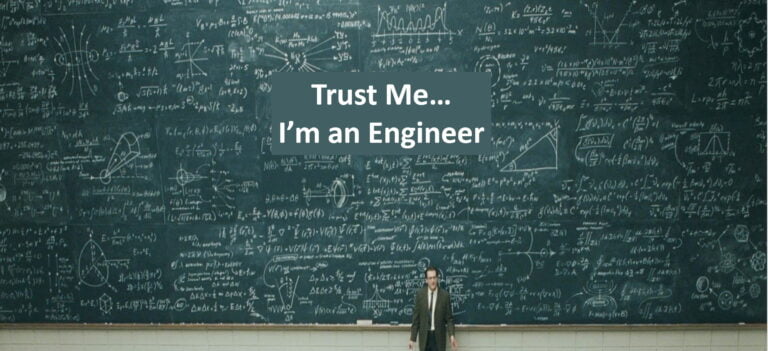How understanding light has led to a hundred years of bright ideas
The revolutionary theory of the nature of light which won Albert Einstein the 1921 Nobel prize for physics went on to remake the world. Oliver Morton surveys a century of innovation.
Albert Einstein won the 1921 Nobel prize for physics in 1922. The temporal anomaly embodied in that sentence was not, alas, one of the counterintuitive consequences of his theories of relativity, which distorted accustomed views of time and space. It was down to a stubborn Swedish ophthalmologist—and the fact that Einstein’s genius remade physics in more ways than one.
The eye doctor was Allvar Gullstrand, one of the five members of the Nobel Committee for Physics charged with providing an annual laureate for the Swedish Royal Academy of Sciences to approve. Gullstrand thought Einstein’s work on relativity an affront to common sense (which it sort of was) and wrong (which it really wasn’t). Every year from 1918 on, the committee received more nominations for Einstein than for any other candidate. And every year, Gullstrand said no.
By 1921 the rest of the committee had had enough of settling for lesser laureates: the only decision which could be made unanimously was not to award the prize at all. Amid great embarrassment the academy chose to delay the 1921 prize until the following year, when it would be awarded in tandem with that of 1922. This gave Carl Wilhelm Oseen, a Swedish physicist newly appointed to the committee, time for a cunning plan. He nominated Einstein not for relativity, but for his early work explaining light’s ability to produce electric currents. Though Gullstrand was still peeved, this carried the day. In November 1922 Einstein was awarded the 1921 prize “for his services to theoretical physics, and especially for his discovery of the law of the photoelectric effect”.
This adroit bit of face-saving also seems, a century on, fully justified. Einstein’s first paper on the nature of light, published in 1905, contained the only aspect of his work that he himself ever referred to as “revolutionary”. It did not explain a new experiment or discovery, nor fill a gap in established theory; physicists were quite happy treating light as waves in a “luminiferous aether”. It simply suggested that a new way of thinking about light might help science describe the world more consistently.







